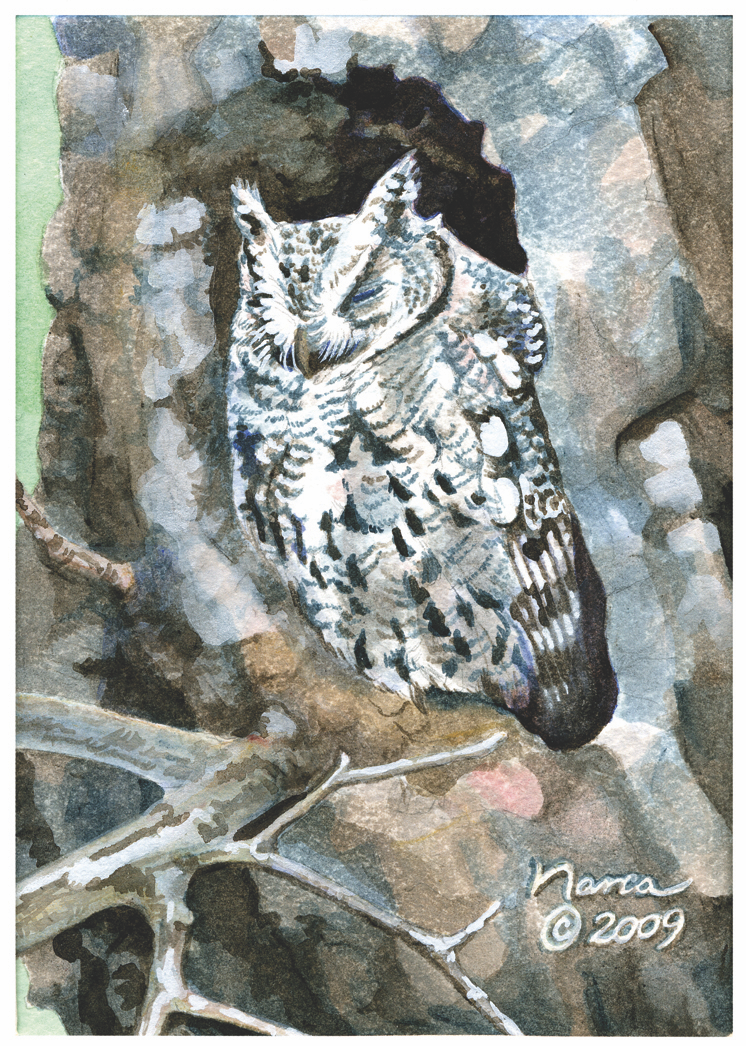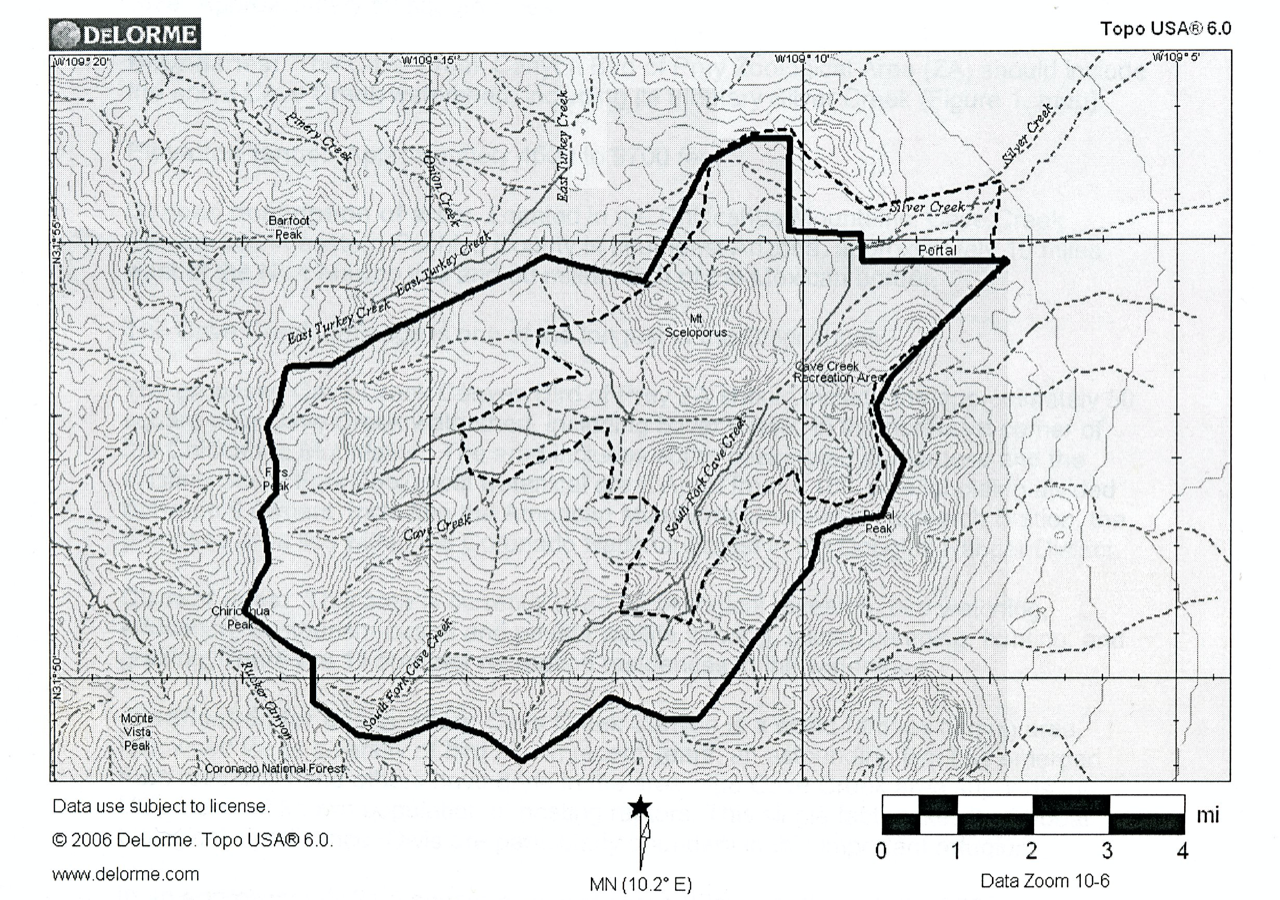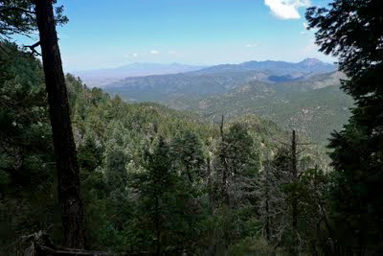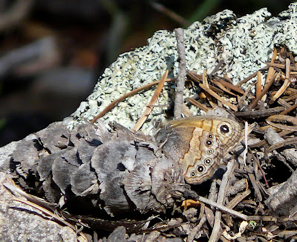19 – Special Land Designations (2008)
(This is a part of a series of gleanings from the history of CRC’s 30 years of work; additional posts available here.)
In November 2018, with the signing of the new Coronado National Forest Plan, CRC celebrated designation of the Cave Creek Canyon Zoological and Botanical Area.
Helen Snyder’s raptor surveys led the Forest Service to agree to the proposed Cave Creek Canyon Birds of Prey Area, and, in September 2010, before the ZBA was finalized, CRC helped to finance a trip to Albuquerque for Helen Snyder to seek the endorsement of the Raptor Research Foundation for the ZBA. There, at the foundation’s annual meeting, Helen presented her report on the USFS Special Designation of the Cave Creek Canyon Birds of Prey Area. The Raptor Research Foundation endorsed this worthy effort.

Finally, one of CRC’s major goals was fulfilled when the Forest Service expanded the Cave Creek Canyon Zoological – Botanical Area to 27,000 acres, incorporating the Birds of Prey extension.

map by Curt Bradley
Barfoot Park: In 2011, Barfoot Park, long loved by birders, herpetologists, Boy Scouts, and hikers in the Chiricahua Mountains, was designated a National Natural Landmark in a directive signed by Interior Secretary Ken Salazar. It joined 590 other locations that have received this honor since the program was established in 1962. The program singles out the best examples of our country’s biological and geological features, whether in public or private ownership.

(Photo by Narca Moore)
This special designation was bittersweet, arriving about two weeks after large portions of the Barfoot area were heavily burned by the Horseshoe 2 Fire, in a high-intensity blowout. However, as Bill Edwards (District Ranger for the Coronado National Forest) noted, the elements that made it a site of national importance are still present, and Barfoot will recover, given time. Indeed, it is recovering and still hosts exceptional species.
From the press release: “Barfoot Park in the Chiricahua Mountains of southern Arizona supports an unusual mix of Sierra Madre and Rocky Mountain flora and fauna that includes four pine species and 18 other tree species. It also includes more than 15 acres of talus slopes, along with three meadows and two permanent springs. The landmark encompasses 680 acres of federal land managed by the U.S. Forest Service.”
The talus slopes are the U.S. epicenter for a very rare rattlesnake, the Twin-spotted. Forested slopes are home to a rare butterfly, the Pine Satyr, which barely enters the US from Mexico.

(Photo by Narca Moore)


